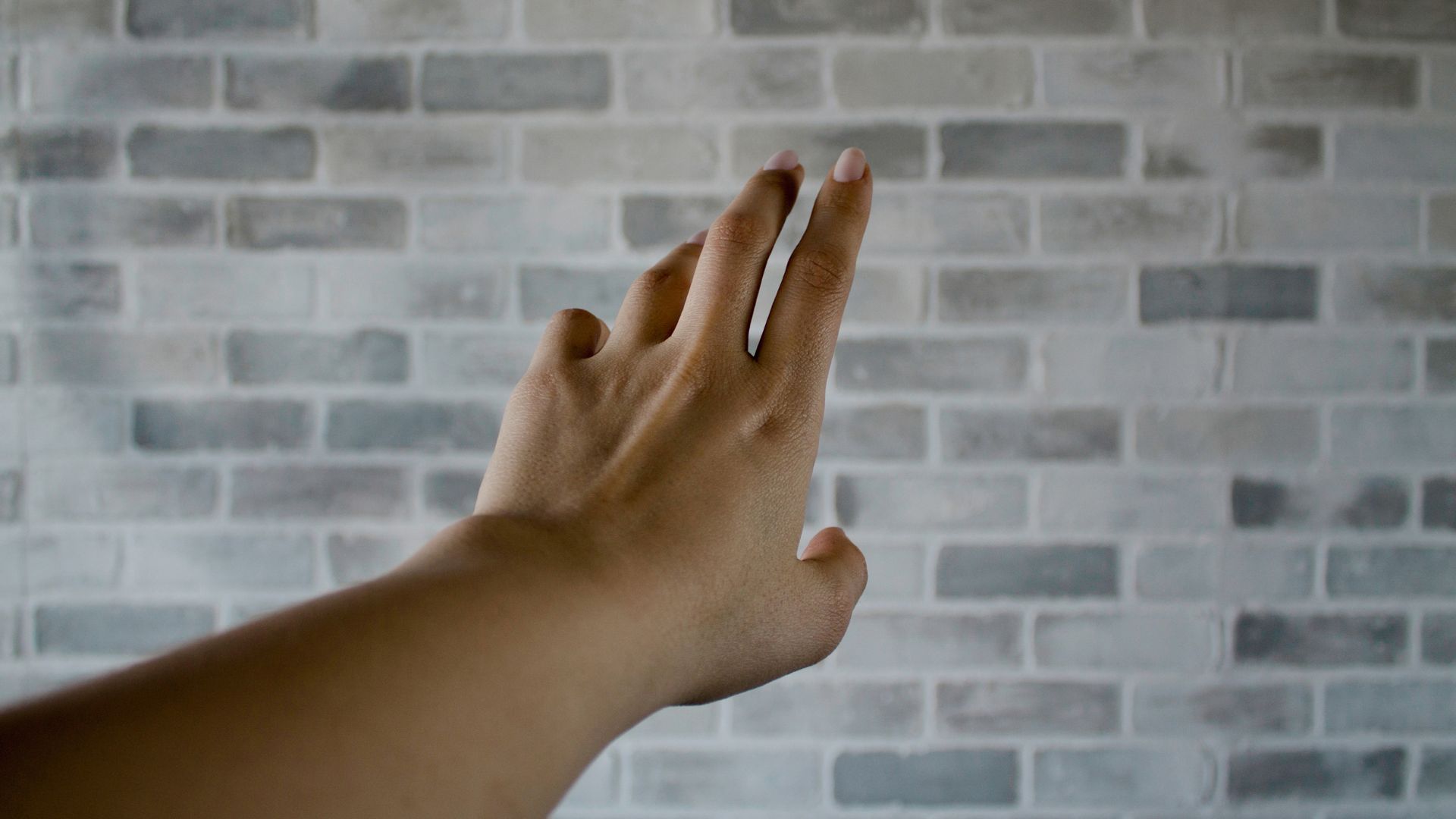When it comes to creating an outdoor mural, choosing the right colors is essential for longevity and visual impact. Outdoor conditions can be harsh, exposing your artwork to sunlight, rain, wind, and fluctuating temperatures. To ensure your mural stands the test of time, here’s a comprehensive guide on selecting colors that endure the elements.
Understanding Pigments and Durability
Pigments play a pivotal role in a color’s resilience outdoors. Certain pigments are more durable, resisting fading or discoloration over time. Opt for colors made with lightfast pigments those less prone to fading due to exposure to sunlight. In general, earth tones and mineral-based pigments tend to be more stable than organic dyes.
Consider the Color Palette
- Earth Tones: Colors like ochre, sienna, and umber are derived from natural minerals, offering excellent resistance to fading.
- Inorganic Colors: Select colors made from inorganic compounds like titanium dioxide or iron oxide. These tend to hold up better against UV rays.
- Dark Shades: Darker hues, like deep blues or rich greens, generally fare better under direct sunlight compared to lighter shades.
Test Colors and Finishes
Before committing to your mural, it’s advisable to conduct a small-scale color test in outdoor conditions. This allows you to assess how different colors react to sunlight, moisture, and other elements. Additionally, consider the finish opt for high-quality, UV-resistant outdoor paint finishes to safeguard against fading and weather damage.

Maintenance and Protective Coatings
Even with durable colors, regular maintenance is key to preserving your mural’s vibrancy. Applying a protective coating, like a clear acrylic sealant or UV-resistant varnish, can shield the colors from the elements, extending their lifespan.
External Resources for Further Reference:
For more in-depth guidance on selecting outdoor mural colors and maintaining their durability, check out these valuable resources:
- Golden Paints – Mural Painting Techniques – Offers insights into mural painting techniques and selecting suitable outdoor colors.
- StreetArtists: Best Practices for Outdoor Murals – Provides tips on mural preservation and color choices for outdoor environments.
- Sherwin-Williams: Exterior Paints – Explains different exterior paint options suitable for outdoor murals, emphasizing durability and weather resistance.
Choosing colors for an outdoor mural involves a blend of creativity and practicality. opting for durable pigments, testing colors, and employing protective measures, your mural can withstand the elements while radiating its brilliance for years to come.
Harnessing Color Theory for Outdoor Murals
When diving into the realm of outdoor murals, leveraging color theory enhances not only the aesthetic appeal but also the endurance of your artwork.
Complementary and Analogous Colors
Consider using complementary colors those opposite each other on the color wheel to create visual contrast that remains striking even under changing light conditions. Analogous colors, adjacent on the wheel, can create harmony while maintaining a vibrant appearance outdoors.
Temperature and Hue
Understanding warm and cool tones is crucial. Warm colors like reds, oranges, and yellows tend to stand out boldly but might fade quicker than cooler tones such as blues, greens, and purples. Balance warm and cool hues to create a dynamic yet enduring mural.
Local Climate and Surroundings
Take cues from the local environment. If your mural is in a sun-drenched area, consider using colors that resist UV damage. In areas prone to rain or high humidity, prioritize moisture-resistant paints to prevent color bleeding or mold growth.
Contrast and Balance
Contrast is essential for visual impact, but balance ensures a cohesive composition. Incorporate both light and dark shades strategically to draw attention to focal points while ensuring the overall design remains harmonious.
Engage with Experts
Collaborating with experienced mural artists or consulting with local paint suppliers can provide valuable insights tailored to your specific location and artistic vision. They can recommend color combinations and paint types that have proven successful in similar outdoor settings.
Embrace Creativity and Maintenance
Lastly, don’t shy away from creativity. Experiment with color combinations, test their durability, and be ready to adapt. Regular maintenance, including periodic touch-ups and protective coatings, is key to preserving the mural’s brilliance.
Creating an outdoor mural that withstands the elements involves a careful blend of artistic vision and practical considerations. harnessing color theory, adapting to local conditions, and employing expert advice, your mural can not only endure but continue to captivate audiences for years to come.
Comparison tabular
| Aspect | Considerations |
|---|---|
| Pigments and Durability | Choose lightfast pigments, favoring earth tones and inorganic colors for better resistance to fading and UV damage. |
| Color Palette | Earth tones, inorganic compounds, and darker shades tend to endure better under outdoor conditions than lighter hues. |
| Testing and Finishes | Conduct small-scale color tests outdoors and opt for high-quality, UV-resistant finishes to protect against weather damage. |
| Maintenance and Coatings | Regular maintenance and applying protective coatings, like clear acrylic sealants, are vital for long-term color preservation. |
| Color Theory and Environment | Utilize color theory principles, considering complementary, analogous colors, temperature, and the local climate. |
| Expert Guidance | Collaborate with experienced mural artists or local paint suppliers for tailored advice on color combinations and paint types. |
| Creativity and Adaptability | Experiment with creativity while being prepared to adapt and maintain the mural over time for continued vibrancy. |
This table summarizes the essential considerations when selecting colors for outdoor murals, encompassing aspects from pigments and testing to maintenance and expert guidance, all crucial for ensuring durability and visual impact.
Wrapping up
The colors you choose are not just a visual statement but a commitment to endurance against the elements. By embracing durable pigments, leveraging color theory, and adapting to local conditions, your mural can tell a story that withstands time.
Remember, it’s not just about selecting colors; it’s about understanding their resilience, testing their endurance, and embracing creativity while ensuring ongoing care. Collaborate, experiment, and maintain to keep your outdoor mural vibrant, captivating audiences for years with its enduring brilliance.
Let your colors not only paint a picture but also stand as a testament to art’s resilience against nature’s canvas.

For over a decade, I’ve been Mike, an artist, crafter, and designer deeply immersed in the Croc world. I thrive on crafting unique, size-inclusive patterns, fostering creativity, and sharing them on ktforum.com. My designs aim to ignite your creative spark and delight you, ensuring clarity and ease of use through rigorous testing. Join me in expressing your creative flair and showcasing your craft with joy.
Related Posts
- Choosing the Best Paint for Outdoor Murals: A Comprehensive Guide
Outdoor murals bring life and vibrancy to any space, but selecting the right paint is…
- Choosing the Right Paintbrush for Mural Painting
Painting a mural is an exciting and expressive way to transform a space, but selecting…
- Can you use acrylic paint for an outdoor mural
You can use acrylic paint for an outdoor mural! Acrylic paints are a fantastic choice…
- The Ideal Weather Conditions for Painting an Outdoor Mural
Creating an outdoor mural is an exciting project that adds vibrancy and personality to a…

